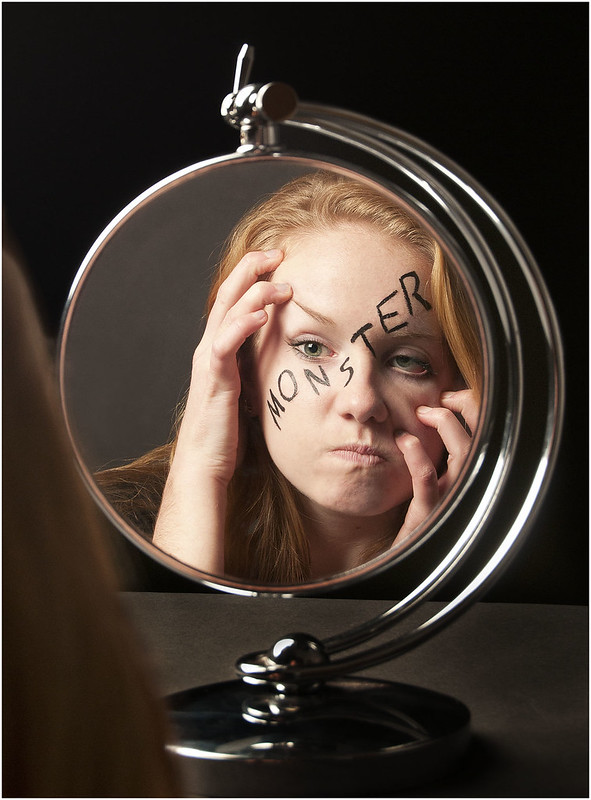
BDD affects both women and men. Its main symptom is spending a lot of time worrying about appearance in general, or some perceived flaws in appearance.
It’s very common in teenagers and young adults; however, I find that it can happen at any age. Ageing itself changes our skin, muscles, hair; sometimes a life event or an illness can change how we look.
When you cannot cope well with these changes, or you constantly worry about your appearance, it does not mean that you are vain or self-obsessed. I understand that it can be very upsetting and have a significant impact on your life.
Unfortunately, most people with BDD do not seek help, they want to keep their dismay about themselves in secret and engage in obsessive behaviours to change it such as cosmetic surgery, extreme diet or exercise.
BDD is a constant worry and having a distorted view of physical appearance.
Symptoms are often:
- Time-consuming behaviours such as mirror gazing
- Constantly comparing yourself with others
- Excessive camouflaging methods
- Skin picking
- Feeling anxious around others
- Reassurance seeking
What is causing BDD?
According to NHS, it can be genetics, a chemical imbalance in the brain, or a traumatic experience in the past – for example, if you were teased, bullied or abused when you were a child.
Some people with BDD also have other mental health conditions such as OCD, GAD or eating disorders.
How can therapy help?
We use talking therapy to find the root cause of the issue. Hypnotherapy is a safe way to use exposure and response prevention (ERP) technique which is the most common treatment for BDD.
This involves gradually facing situations in your mind that would normally make you think obsessively about your appearance and feel anxious. You will be supported to find ways of dealing with your feelings in these situations, and, over time, you will be able to deal with them without feeling self-conscious or afraid.
